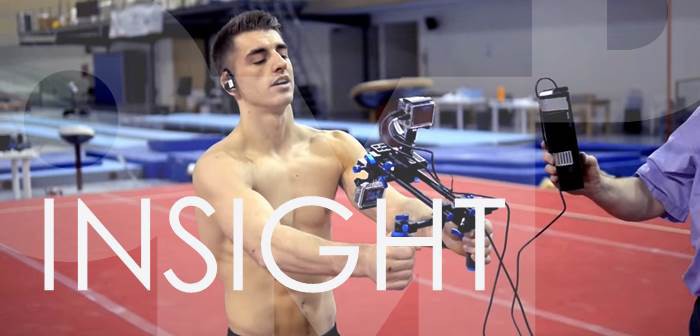The Olympics are often seen as a celebration of unity. Bringing people together through sport is a part of the Olympic mission and sharing live experiences are key to that. With Rio 2016 in full swing for Team GB, many of us have had to adapt our viewing habits if we want to be a part of it in real-time. Broadcasters and media outlets facilitate flexible viewing, allowing us to catch up on demand or simply get the highlights of what we missed while we were wasting our time sleeping.
When we watch live, the shared experiences created make us feel connected to everyone else watching as we share all the tension, jubilation and excitement that only live events can provide as we collectively hold our breath. The social currency that we gain through being a part of a collective audience watching the same thing at the same time not only gives us a topic for small talk the next day but a genuine sense of community and inclusion.
In an ever more connected world, audiences can become increasingly fragmented with more sources of information and entertainment available at our fingertips, making shared experiences scarcer; but we still have a desire for live, shared experiences and sport is perhaps the most significant example of this. 70 million people attended sports events in 2015 in the UK alone, with crowds of thousands gathering to be a part of these occasions and this is just a tiny fraction of the global audience that these events can generate.
NBC unintentionally demonstrated the significance of watching events live at this year’s Olympics; their decision to broadcast the Opening Ceremony an hour later resulted in a 20-year-low for viewership as their audience sought alternative sources offering live coverage. Tom Daley and Dan Goodfellow’s Bronze Medal win in the men’s 10m synchronised dive demonstrated the popularity in the UK of watching these events take place live, seeing a record 8 million live viewers in the UK alone and Global Browsers on the BBC Sport Website reached 15.2 million.
We may not be as close to the Olympic action geographically this year than London 2012 but the huge range of viewing options and information sources give us the chance to be closer than ever. Live streaming has played a big part in this, with more platforms available for you to pick and choose what to watch without traditional gatekeepers curating the information. Live streaming platforms on social media also facilitate sharing, with people from all over the world able to comment on events as they take place. More than ever, the Olympics is a global event that breaks down borders and allows us to come together through collective interests and share experiences in real time.
Sharing an experience on a national, or even global, scale give us an incredible sense of inclusion and feeling of community that creates a social currency that centres around the idea of being there in the moment, regardless of our geographic location. Nissan tapped into this sense of inclusion with their Live Training Experience earlier this year. They used live streaming to enable fans to train with athletes competing in Rio 2016. This celebrated the sense of inclusion we get through sport, which echoes the feeling that shared experiences can give us, and demonstrated how live streaming enables this in new ways.
This shows how brands can empower their audience by facilitating experiences, without them even leaving their own home. Live streaming creates new perspectives to offer audiences than traditional broadcasts and enable them to feel more involved in the event itself. This is already being tested in live sports like football, with Liverpool FC broadcasting their pre-season friendly against Huddersfield Town live on YouTube in 360 degrees, allowing viewers at home to control the camera and feel as if they were there.
These opportunities are not limited to sport, Jose Cuervo celebrated Cinco de Mayo with a live stream that offered their audience a view into exclusive content. Although current applications of live streaming often provide poorer quality coverage than typical broadcasts, the sense of inclusion that they enable means there may be huge potential for future development where brands can facilitate a connection between live events and an audience in order to create shared experiences among a community.



